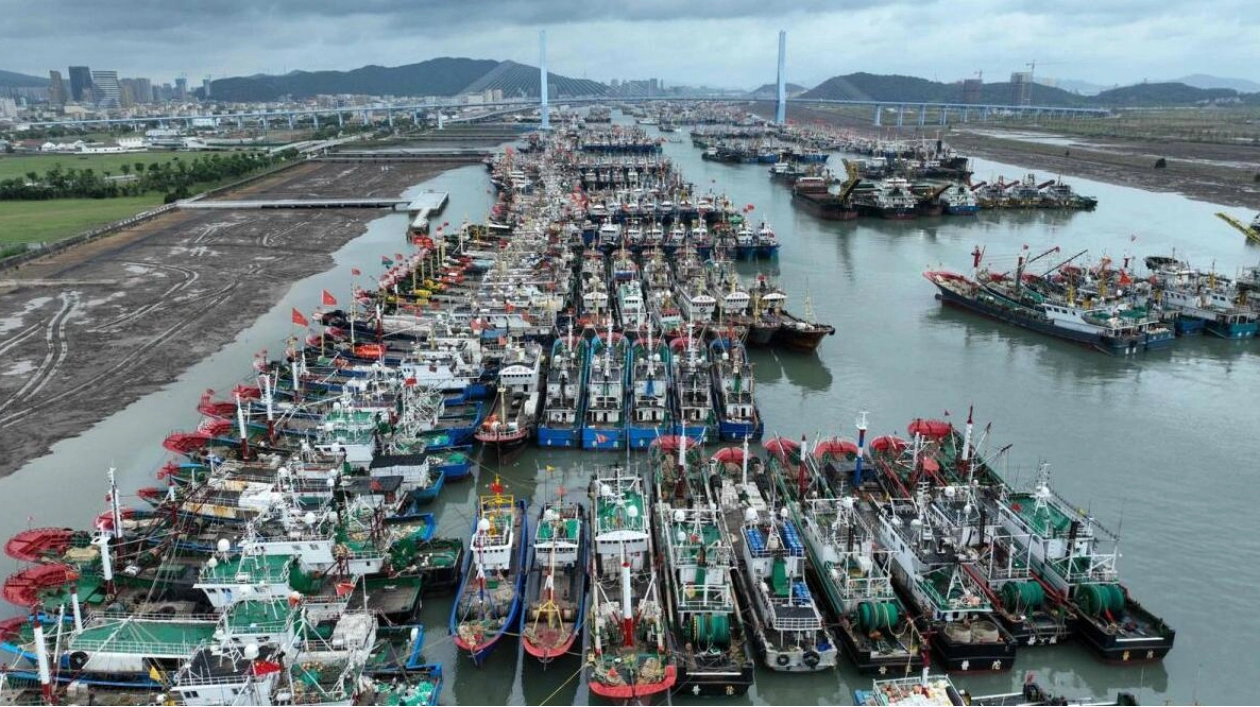Shanghai suspended transportation links, recalled ships, and closed tourism spots including Shanghai Disney Resort on Sunday as it prepared for Typhoon Bebinca, potentially the most powerful tropical cyclone to strike the Chinese financial hub since 1949. The Category 1 typhoon, with maximum sustained wind speeds near its center of approximately 144 kmph, was about 400 km southeast of Shanghai at 5 pm. It is forecast to make landfall along China's eastern coast after midnight on Monday.
The China Meteorological Administration issued a typhoon red alert on Sunday afternoon, warning of strong winds and heavy rainfall in eastern China. The most severe storm to hit Shanghai in recent decades was Typhoon Gloria in 1949, which swept through the city with gusts of 144 kmph. Shanghai was last directly threatened in 2022 by the formidable Typhoon Muifa, which instead made landfall 300 km away in the city of Zhoushan, Zhejiang province.
Shanghai usually avoids the strong typhoons that impact southern China, such as Yagi, a destructive Category 4 storm that passed by southern Hainan province last week. However, Shanghai and neighboring provinces are taking no risks with Category 1 Bebinca. All flights at Shanghai's two airports will be canceled from 8 pm local time on Sunday, and the Shanghai Airport (Group) Co will announce any adjustments based on the typhoon's impact.
The Shanghai railway station has also suspended some services to ensure passenger safety, and the Shenzhen government announced that trains to and from Shanghai will be halted. Resorts in Shanghai, including Shanghai Disney Resort, Jinjiang Amusement Park, and Shanghai Wild Animal Park, have been temporarily closed, while most ferries to and from Chongming Island—China's third-largest island known as "the gateway to the Yangtze River"—have been halted.
In Zhejiang, ships have been recalled, and several parks in the provincial capital Hangzhou have announced closures. Bebinca's arrival coincides with the Mid-Autumn festival, a nationwide three-day holiday when many Chinese travel or engage in outdoor activities. China's Ministry of Water Resources issued a Level-IV emergency response—the lowest level in China's four-tier emergency response system—for potential flooding in Shanghai and the provinces of Jiangsu, Zhejiang, and Anhui.






